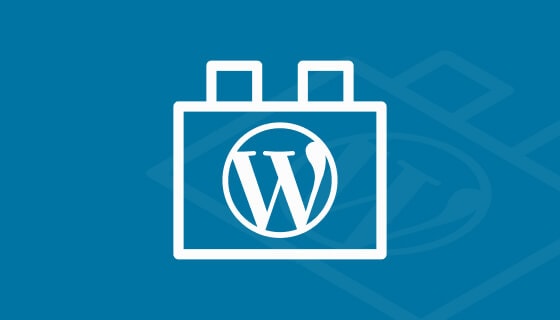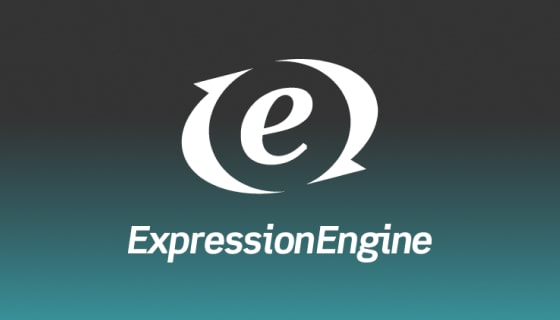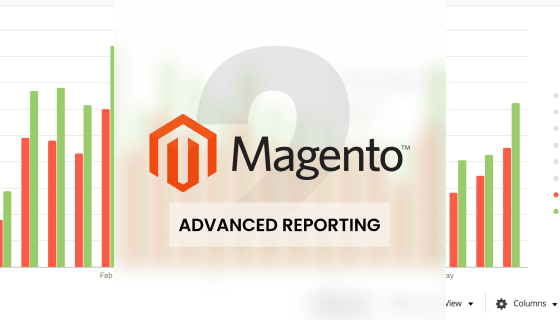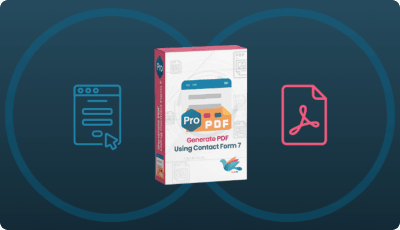
All You Need To Know: How Much Does WordPress VIP Cost?
May 06, 2024Posted By: Jalpa Gajjar
Pricing ModelsWebsite HostingWordPress VIP

All You Need To Know: How Much Does WordPress VIP Cost?
May 06, 2024
Pricing ModelsWebsite HostingWordPress VIP

Comprehensive Guide To Must-Have WordPress Plugins Your Site Needs
May 05, 2024
Plugin Installation TipsWebsite OptimizationWordPress Plugins

14 ExpressionEngine Add-Ons To Take Your Site To The Next Level
April 25, 2024
Content ManagementWeb Development ToolsWebsite Enhancement

Unlocking The Secrets To Hiring An Outstanding Magento Developer
March 28, 2023
Developer SecretseCommerce HiringMagento Development

Insightful Beginnings: Leveraging Magento 2 Advanced Reporting For Improved Sales
March 13, 2023
Advanced ReportingData AnalysisMagento 2

Boost Your Efficiency: Harnessing The Benefits Of PDF Contact Forms
February 28, 2023
Contact ManagementEfficiency BoostPDF Forms
- Categories
- Archive
- Search


